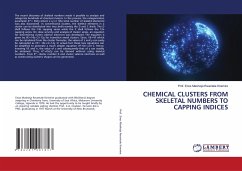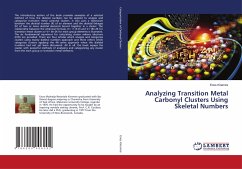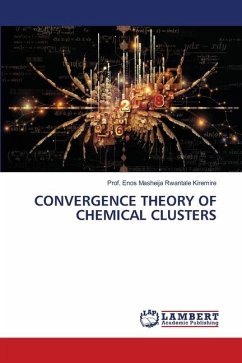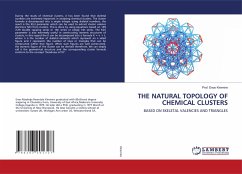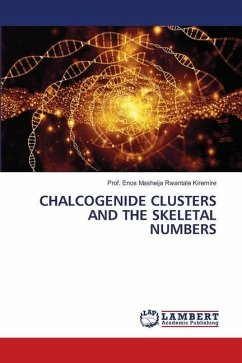
CHALCOGENIDE CLUSTERS AND THE SKELETAL NUMBERS
Versandkostenfrei!
Versandfertig in 6-10 Tagen
45,99 €
inkl. MwSt.

PAYBACK Punkte
23 °P sammeln!
Skeletal numbers have been found to be versatile in analyzing and categorizing chemical clusters. In this regard, clusters such as boranes, metalloboranes, heteroboranes, hydrocarbons, metal carbonyls, zintl ions, matryoshka clusters and golden clusters have been analyzed and categorized. In this book, the focus has been centered on chalcogenide clusters. Consequently, more than 80 chalcogenide chemical clusters have been analyzed using skeletal numbers. When one is confronted with chalcogenide cluster formulas, they appear formidable and disorderly. But when subjected to the deep penetrating ...
Skeletal numbers have been found to be versatile in analyzing and categorizing chemical clusters. In this regard, clusters such as boranes, metalloboranes, heteroboranes, hydrocarbons, metal carbonyls, zintl ions, matryoshka clusters and golden clusters have been analyzed and categorized. In this book, the focus has been centered on chalcogenide clusters. Consequently, more than 80 chalcogenide chemical clusters have been analyzed using skeletal numbers. When one is confronted with chalcogenide cluster formulas, they appear formidable and disorderly. But when subjected to the deep penetrating power of skeletal numbers, they just crumble to generate beautiful orderly shapes similar to the well- known geometries such as tetrahedral, trigonal bipyramid, square pyramid and octahedral, among others. There is no doubt that they also generate their own peculiar shapes pertaining to the chalcogenide characteristic nature. Accordingly, the K(n) parameter has been found to play a crucial role in generating the cluster valence electrons(CVE) and the isomeric geometries of the chalcogenide clusters.




